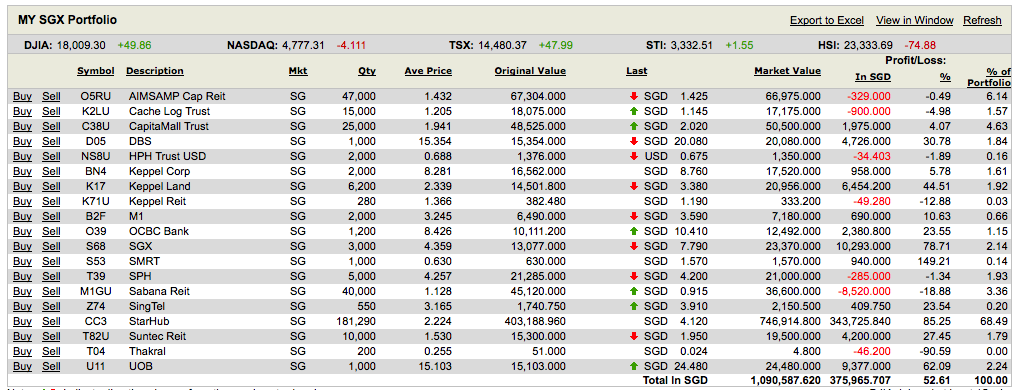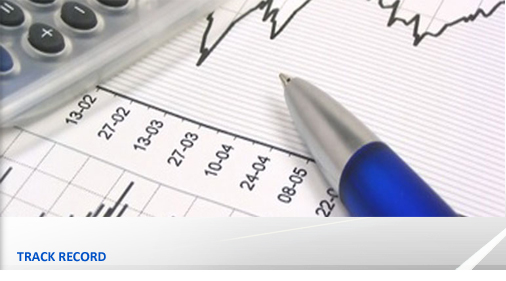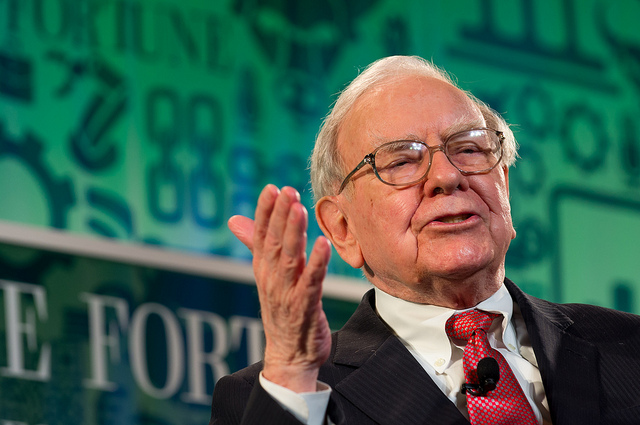When considering the topic of ‘Investment’, we almost always think about Equities, Bonds or Forex first. We hear questions like “What stock is good?” or “How should I begin investing?” The growing interest in investment here in Singapore is definitely growing and we can begin to see a new generation of investors who are more daring and knowledgeable than their parents. We all have heard of stories about how other people’s parents or even our parents had their hands burnt in the past due to buying stocks or mutual funds. This has left a bad impression on many of the kids of my generation and have grown to become interested, but afraid of the risk of losing their hard-earned money as well.
Every once in awhile, we hear people talking about how this stock is going to skyrocket or that stock is going the be the next big thing. Are these truly the investments worth chasing after, or is there an even bigger and more important investment that you can and might not have begun investing in? There are many proven cases even today that those who invest in this boasts of superior returns and is still experiencing compounded growth. I hope you’re interested in what this investment is, because you should. This investment has no barriers to entry, does not cost beyond what you can afford(possibly free) and can make you incredibly rich (both in monetary and non-monetary terms). However, this investment requires a lot of time, effort, and determination.
This investment is you.
Investment in yourself is the best and the most important investment everyone should make. Cliché as it might sound, it’s one investment that many people have overlooked. The younger you begin, the more time you have to compound this investment. The rewards can come in many form, depending on what you seek from this investment – Money, Happiness, Relationships, etc. You name it, you can have it!
You may not know where to begin, as it usually is the case. So here’s a simple step-by-step guide to get you started on your investment.
Step 1: Do a self-assessment of what you love doing or want to achieve 5-10 years down the road. This would create a purpose and a direction to work towards to in your life.
Step 2: Do an inventory check of what you have and what you are missing in your pursuit towards achieving an even higher returns on your investment. Knowing what you have (Tangible and intangible) and what you don’t have allows you to work more efficiently and purposefully since you can leverage on what you have and gather what you don’t have in your free time.
Step 3: Start off with baby steps. The idea is to keep things manageable instead of taking a leap of faith. Create habits that lasts rather than simply to achieve something at the spur of the moment and allow the flame to die off after minor achievements. This could range from borrowing a book from the library once a month to taking up classes on a regular basis.
Step 4: Along the way, find a higher purpose. Sometimes we are simply not focused enough to have the fuel to keep chasing after that one dream. While it is good to be focused, it can get tiresome at times to keep at it. When you continually find a higher purpose, you will find it more enjoyable to continue the journey! This could range from teaching others what you have learnt to having the current purpose fit into an even bigger purpose! The key to it is to make slight deviations instead of totally pursuing something new. It would have been wasted effort.
I hope this article has helped you to realise that the biggest investment of your lifetime is waiting for you to invest in it. Stop looking elsewhere because it begins with you. If you have time on your side, even better! Allow time to compound the knowledge and skills that you have gathered.
Some practical tips:
If you are an investor in the stock market, you would have experienced times when you are already fully invested in the market and there seem to be nothing else you can do except to wait. It’s easy to convince yourself that it is time to take a back seat and relax. However, I urge that you keep looking out for the next investment opportunity and sharpen your skills and knowledge by reading! Books are a great source of knowledge and inspiration for trade ideas. Just don’t stop investing in yourself and you’ll see the compounded fruits of labour in years to come. Make it a point that when others have yet to begin, you’re already leaps and bounds ahead of them by the time they begin!










